1960 Chevrolet CERV I Corvette
The later 1950s and early 1960s were a time of experimentation within the Chevrolet design department. Virtually every year, a new, and often completely revolutionary car would be turned out for display on the automotive show circuit. Perhaps most interesting, is the fact that many of the same features, designs, and engineering nuances employed in these early concept cars, eventually trickled down into use within production models with the passing of time.\
Much of the era’s unceasing dedication to conceptual innovation, can be directly attributed to those presiding over the design team during this period. With luminaries such as Bill Mitchell, Zora Arkus-Duntov, and Larry Shinoda leading the charge, Chevrolet found itself ever-increasingly poised on the cusp of further innovation.
Duntov, in particular, had made it his mission to refine every perceivable technical aspect of the Corvette, refusing to settle for anything short of perfection. During these efforts, Duntov began to ever-increasingly favor a mid-engine design as the most viable of all routes for the Corvette moving forward. To further demonstrate the efficiency of such a design, Duntov began formulating plans for a pre-production, mid-engine car that would eventually come to be known as the CERV-I (Chevrolet Engineering Research Vehicle).
A Mid-Engine Racer Is Born
Drawing inspiration from the increasingly dominant mid-engine Formula-1 racers of the era, Duntov meticulously crafted the design for his latest creation. Also involved in the project were engineers Harold Krieger and Walt Zetye.
Upon the completion of Duntov’s design drafts, production of the CERV I, or R-Car as it was known internally, got underway. The first order of business was that of constructing the car’s lightweight tubular frame. The CERV I’s overall dimensions loosely mirrored that of the period’s Indy car racers, with a wheelbase of 96 inches, and a maximum width of 52 inches.
Throughout the design process, every attempt was made to minimize the CERV-I’s overall weight. To accomplish this alternative materials were sourced for virtually every one of the vehicle’s components.
The CERV I’s original powerplant consisted of an all-aluminum, 283 cubic-inch SBC engine, which did not require the use of steel piston sleeves. This engine also utilized an aluminum water pump, starter, flywheel, and pressure plate. In total, the small-block weighed a mere 350 pounds, while churning out a more than impressive 352 horsepower on the dyno.
To further aid in the minimization of weight Larry Shinoda and Tony Lapine designed a sleek, yet simple, fiberglass body that was to be dropped onto the CERV I’s already lightweight 125-pound tubular frame. This body, when complete, weighed only 80 pounds and complimented the vehicle’s overall efficiency through its aerodynamic, conical styling.
The CERV I also borrowed a number of design features from the Corvette SS that came before, such as its front suspension layout, which utilized stamped-steel A-arms, shocks, springs, and a stabilizer bar. Another hold out from the Corvette SS was the use of a modified Halibrand Quick-Change differential.
When completed, the CERV-I was a lightweight, yet mechanically robust racer, that provided Duntov and his team with a viable means to test, tune, and perfect some of the latest advancements in racing tech. Weighing only 1,450 pounds, the CERV I was agile enough to corner with grace, yet powerful enough to lay claim over straightaways.
The Hillclimber
Though heavily styled upon design cues taken from Indy cars of the era, the CERV I’s 352 HP V8 far exceeded Indy racing standards of the day. However, Duntov soon set an alternative, yet equally lofty goal for his newly designed racer. Duntov saw the CERV I as a perfect candidate to best the overall record at the Pikes Peak Hill Climb.
In September 1960, the CERV I, now known by the moniker “Hillclimber”, was shipped to Pikes Peak for testing. Duntov made a total of over 60 test runs up the mountain, during which he viewed the car’s performance to be subpar, though it was later discovered that the unofficial times kept during the run were actually quite impressive.
Further Testing
The CERV I was officially debuted at the 1960 L.A. Grand Prix in Riverside, California. Once again in the driver’s seat, Duntov completed several hot laps to much fanfare. Championship drivers Dan Gurney and Sterling Moss were then each allowed to get behind the wheel, where they were able to set impressive lap times of 2:04, which fell only ten 10 seconds short of the then standing track record.
Duntov also piloted the CERV I at Daytona and Sebring, before it was ultimately returned to the R&D department. Once there, Duntov continued to experiment with the car’s capabilities. Through its lifespan, the CERV underwent numerous equipment revisions and subsequent gains in horsepower.
One such revision was the addition of a GMC 4-53 supercharger, which bolstered the car’s performance to over 400 HP. At a later date, the CERV I was fitted with two TRW blowers that achieved a max boost of 17 psi. In the process, a total of 500 HP was yielded. Then in 1964, a 377 cubic-inch Grand Sport engine was transplanted into the CERV-1. The newly modified experimental car was clocked at 206 MPH, when hot lapped by Duntov at GM’s Milford Proving Grounds.
Coming Full Circle
In 1972, after nearly a decade and a half of playing a continual role in GM’s design and development program, orders were passed down to take the CERV I out of service. In order to save the car from its impending demise at the hands of a crusher, Duntov petitioned top GM execs to instead allow it to be displayed at the Briggs Cunningham Automotive Museum in Costa Mesa, California.
After a period of reluctance, the CERV I was given a stay of execution and prepped for display. It appeared that the famed development car had received a new, and permanent home. However, this was not to be the end of CERV I’s story.
Within just a few years, the CERV I was again sold, this time to the Miles Collier Museum. The following 30+ years saw the car change hands twice more, before eventually rolling across the block at the Barrett-Jackson Scottsdale auction in 2017. On that day, the CERV I once again changed hands, commanding a price of $1,320,000. When the dust settled, in a moment of irony, it was revealed that the buyer was none other than GM.
A Legacy Reimagined
Today, CERV I resides at the GM Heritage Center, where it stands as the earliest testament to Arkus Duntov’s insistence that the Corvette would be best suited as a mid-engine car. Roughly 60 years after the CERV I was born, Duntov’s mid-engine design has finally come full circle, making its way into production Corvettes of the modern era. Not unlike the previously discarded CERV I which served as the testbed for this technology, in some cases only the passing of time will reveal the true value that lies beneath.


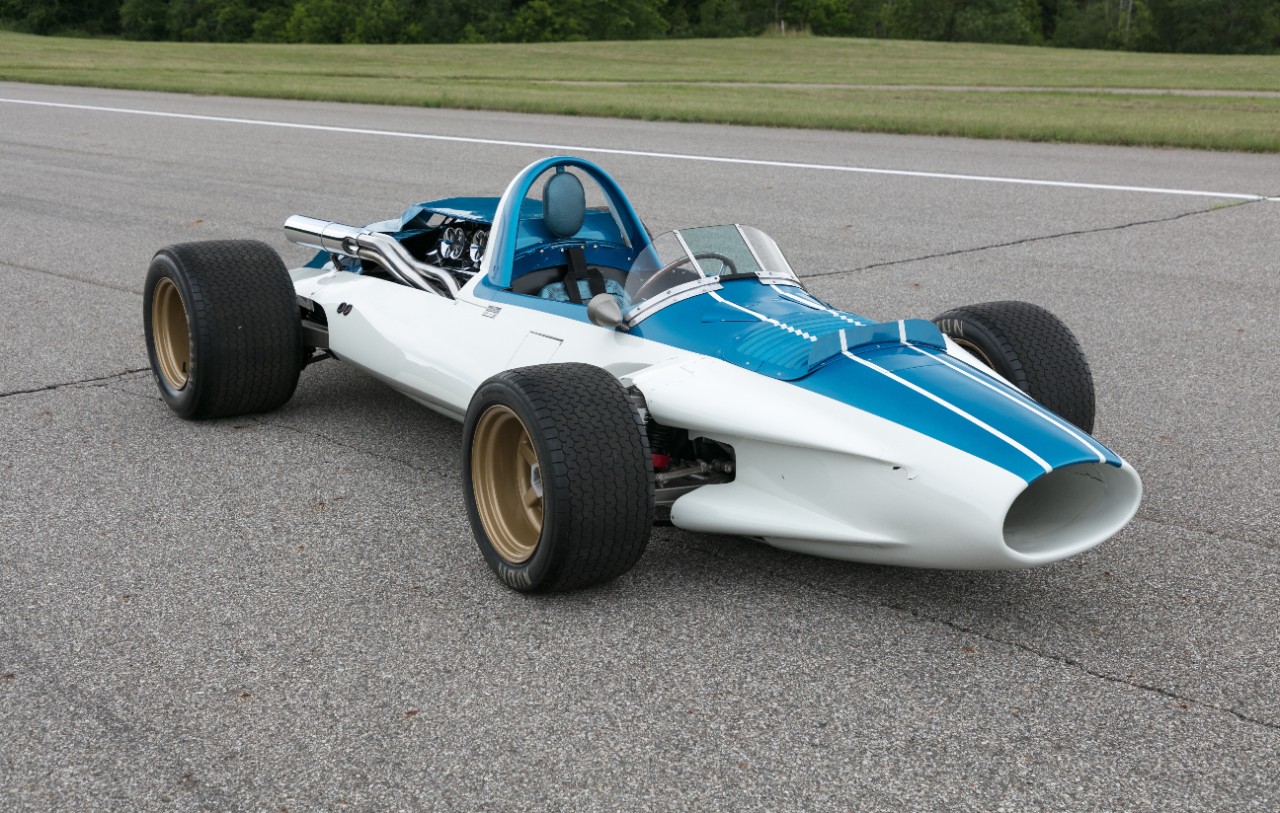
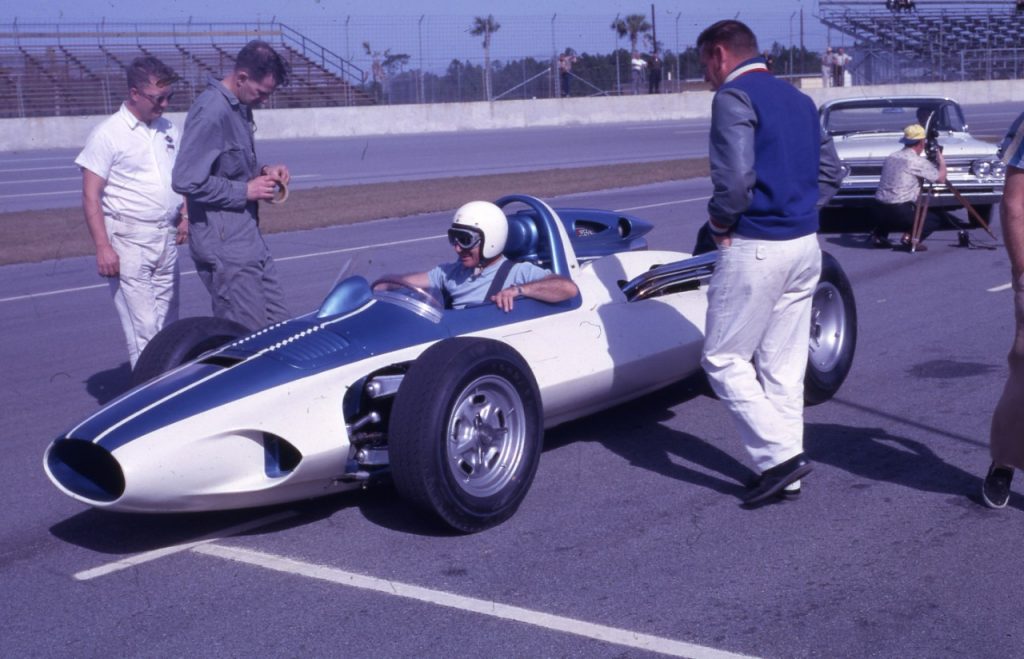
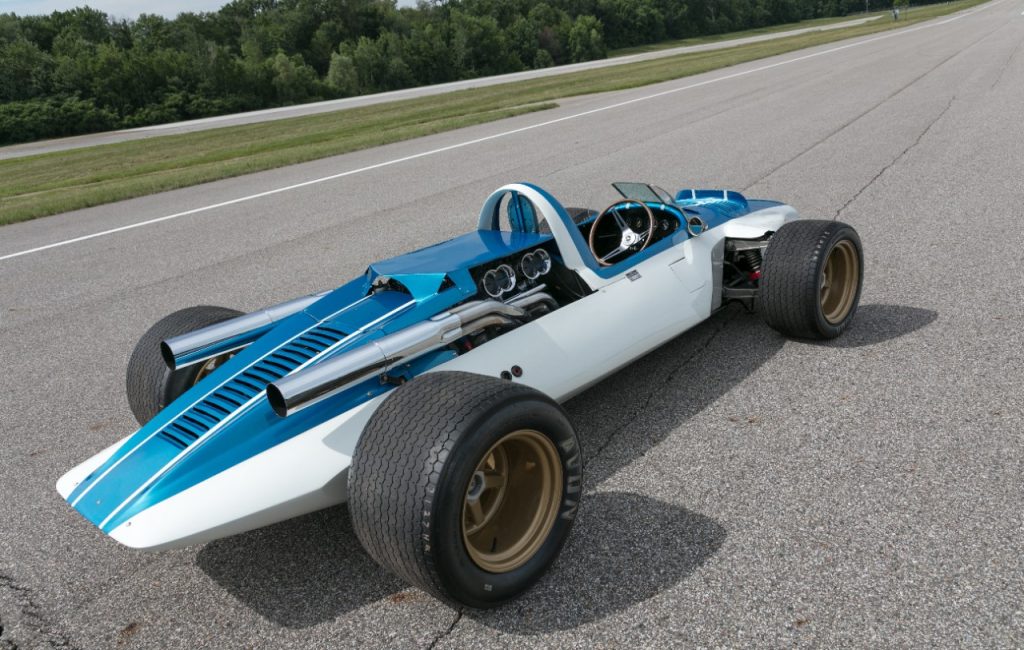
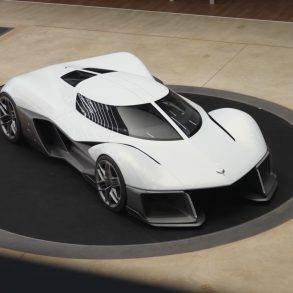
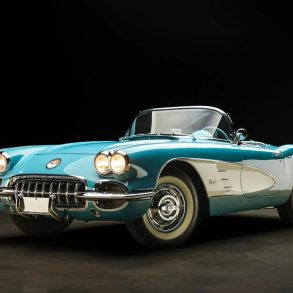
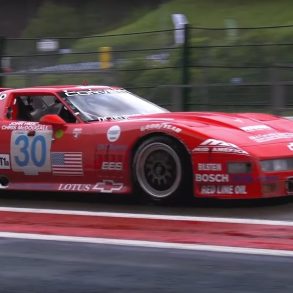
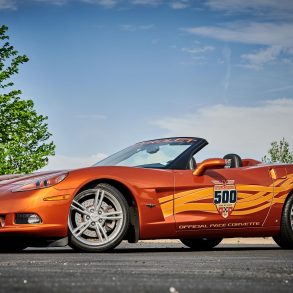

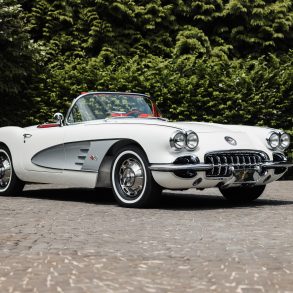
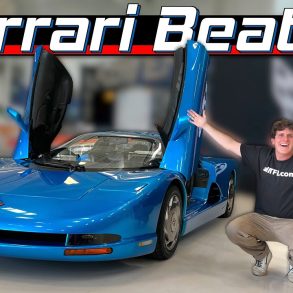
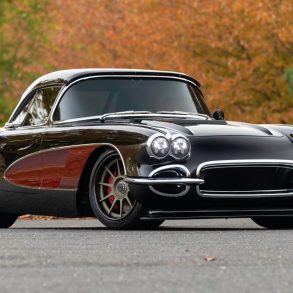

Fascinating story of ownership and photos that document the vehicle body’s maturation immediately behind the driver and wheels and tires. ZAD’s and CERV’s contributions in Vette history cannot be overstated.